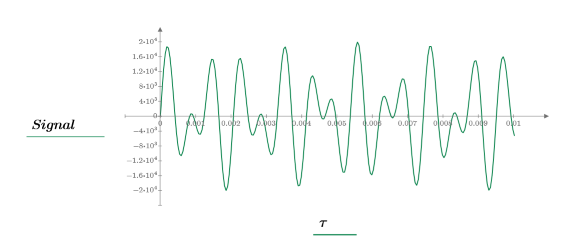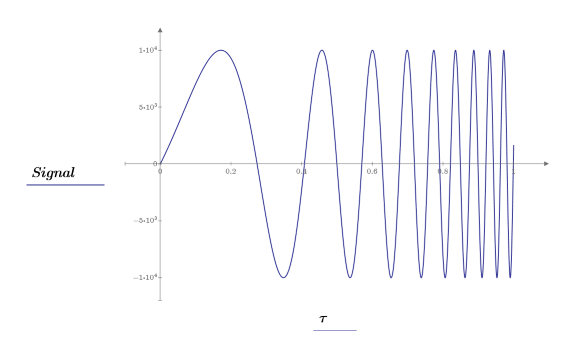
|
Digital Phone Keypad
|
High Tone Group
|
||||
|
1209 Hz
|
1336 Hz
|
1477 Hz
|
1633 Hz
|
||
|
Low
|
697 Hz
|
1
|
2
|
3
|
A
|
|
Tone
|
770 Hz
|
4
|
5
|
6
|
B
|
|
852 Hz
|
7
|
8
|
9
|
C
|
|
|
Group
|
941 Hz
|
*
|
0
|
#
|
D
|



























